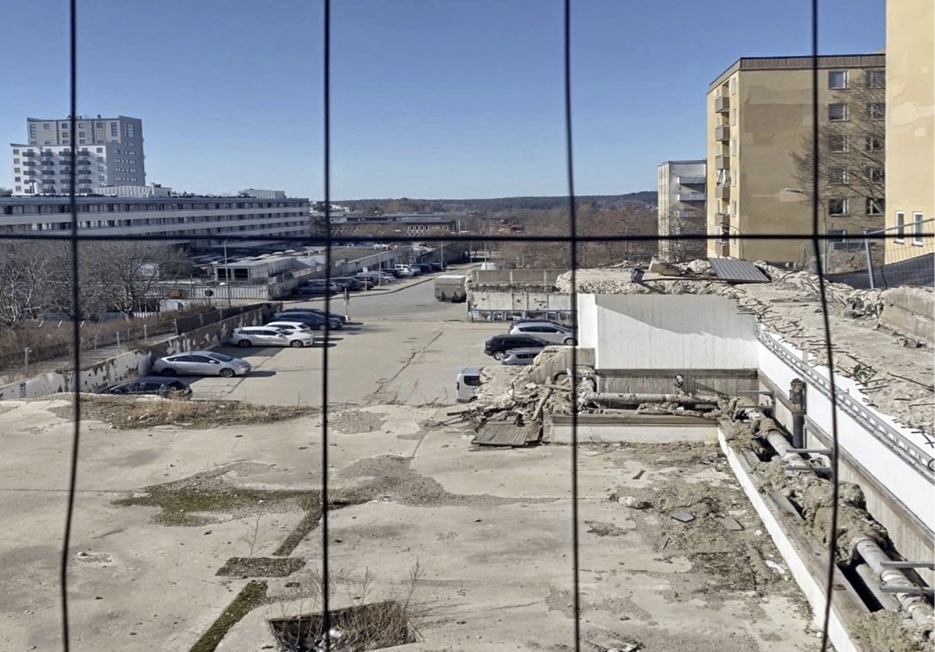Architectures of Governance

Studio Theme
Following over twenty-five years of market-driven development, this studio engages with sites of contemporary urban crisis — including slumlord-controlled housing, collapsed industrial economies, and ecological breakdown. Working within a Nordic context but drawing from international examples, we examine how architecture, landscape, and the city are shaped by regulatory frameworks such as detailed development plans, building codes, and land use policies — and confront their limits in addressing today’s urgent social, economic, and environmental conditions.
Students are invited to challenge existing systems, expose spatial injustices, and propose new models of governance through spatial intervention. The studio positions architecture as a critical and imaginative practice — one that can rewrite the rules of the game and reshape the collective management of land, resources, and public life. Through speculative design and grounded analysis, we explore how architecture might act within — and against — structures of power.
Through the lens of architecture, landscape, and the city, we explore how spatial reorganisation might enable new forms of stewardship, participation, and care beyond both state-led planning and dominant real estate interests. Students will critically engage with existing systems while proposing alternative approaches to regulating and imagining urban space. The studio foregrounds architecture as a cultural, political, and spatial practice capable of rewriting the rules of the game.
Studio Method
This studio adopts a practice-based research approach, combining site-specific enquiry, speculative design, and critical reflection. Students engage with historical and contemporary forms of governance — from formal state planning and legal codes to informal, community-led systems of spatial organisation.
Teaching formats include tutorials, fieldwork, collaborative seminars, and design workshops. Students conduct material inventories (tracing resources, infrastructures, land ownership, and building stock) and social inventories (mapping institutional actors, everyday practices, and regulatory conditions) as part of a wider toolkit that includes mapping, modelling, scenario-building, and spatial analysis.
Working iteratively, students explore how architecture can respond to challenges such as resource scarcity, climate shifts, spatial inequality, and population pressure. The studio collaborates with external partners — including municipal agencies, civil society organisations, infrastructure authorities, and tenants’ or user associations — to anchor design proposals within real-world governance contexts. Design is treated not only as an outcome, but as a mode of inquiry through which to interrogate and reimagine how urban space is negotiated, distributed, and transformed over time.
Teachers: Eva Anqvist, Bojan Boric, Janek Oźmin
